We may earn money or products from the companies mentioned in this post. This means if you click on the link and purchase the item, I will receive a small commission at no extra cost to you ... you're just helping re-supply our family's travel fund.
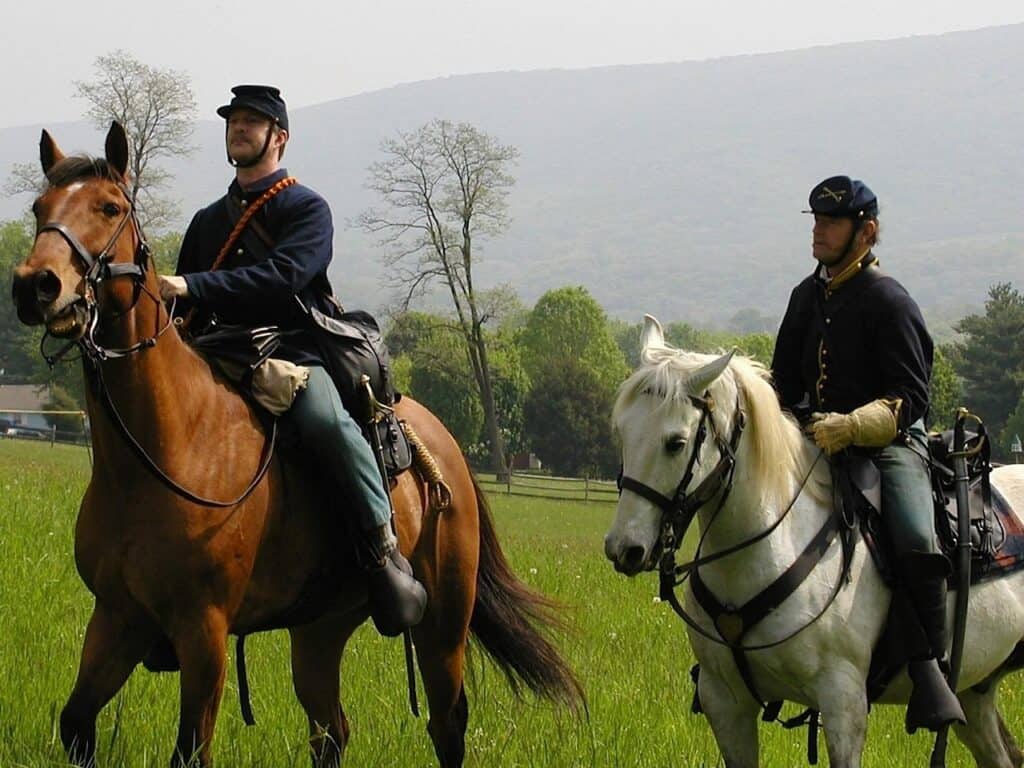
History in the U.S. isn’t only found in textbooks or museums. Many towns have held on to their roots so strongly that visiting them feels like stepping into another century. Colonial seaports still echo with the bustle of early merchants, while frontier towns preserve the grit of pioneers and miners. Even today, these communities invite travelers to slow down and experience life as it once was. Some highlight early American beginnings, others showcase cultural traditions, and a few still operate much as they did long ago. Together, they show how living history can bring the past alive in ways that are tangible, atmospheric, and unforgettable.
1. Williamsburg, Virginia
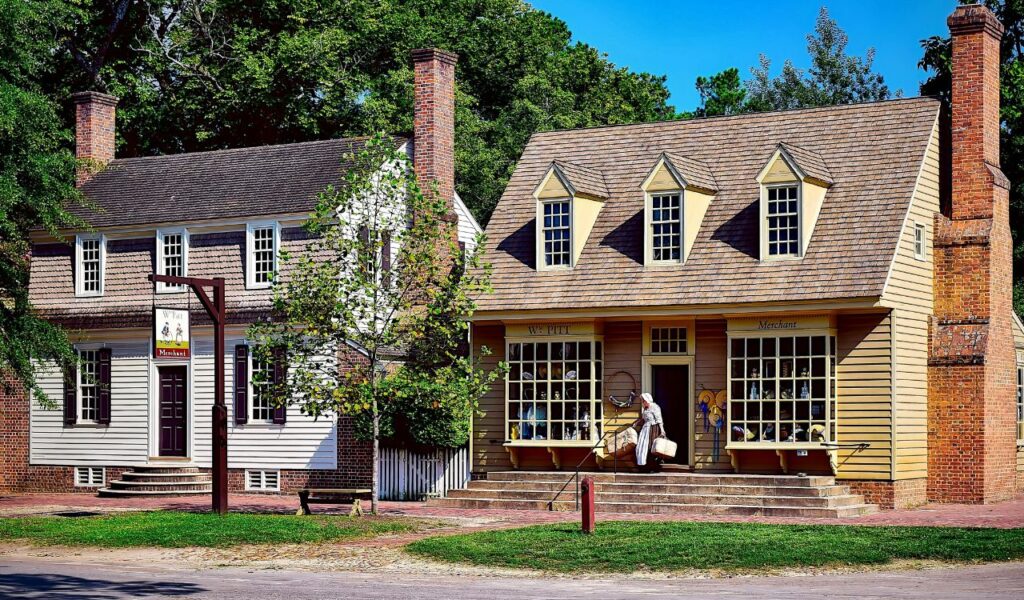
Known as a living history museum, Williamsburg brings the colonial era to life with costumed interpreters, restored buildings, and working tradesmen. Visitors can walk along Duke of Gloucester Street and see blacksmiths, printers, and carpenters practicing crafts as they were done in the 1700s. Taverns serve food based on historical recipes, while reenactments add drama to the streets. The town combines education with immersion, offering a chance to feel the early spirit of the nation. It’s a rare place where daily life still reflects America’s revolutionary beginnings.
2. St. Augustine, Florida
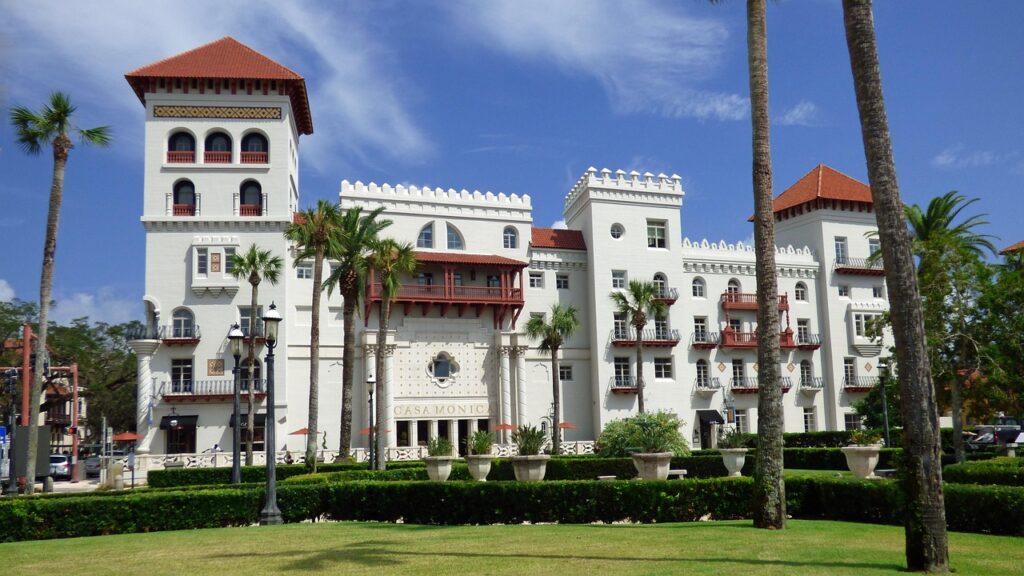
Founded in 1565, St. Augustine is the oldest continuously inhabited European-established settlement in the United States. Its Spanish colonial architecture, cobblestone lanes, and massive stone fort tell the story of centuries of conflict and culture. Walking through the historic district feels like being transported to the Old World, with plazas, courtyards, and centuries-old churches tucked around every corner. Beyond its beauty, St. Augustine reveals the blending of Native, Spanish, and British influences that shaped early America. It’s both a charming city and a living history lesson.
3. Deadwood, South Dakota
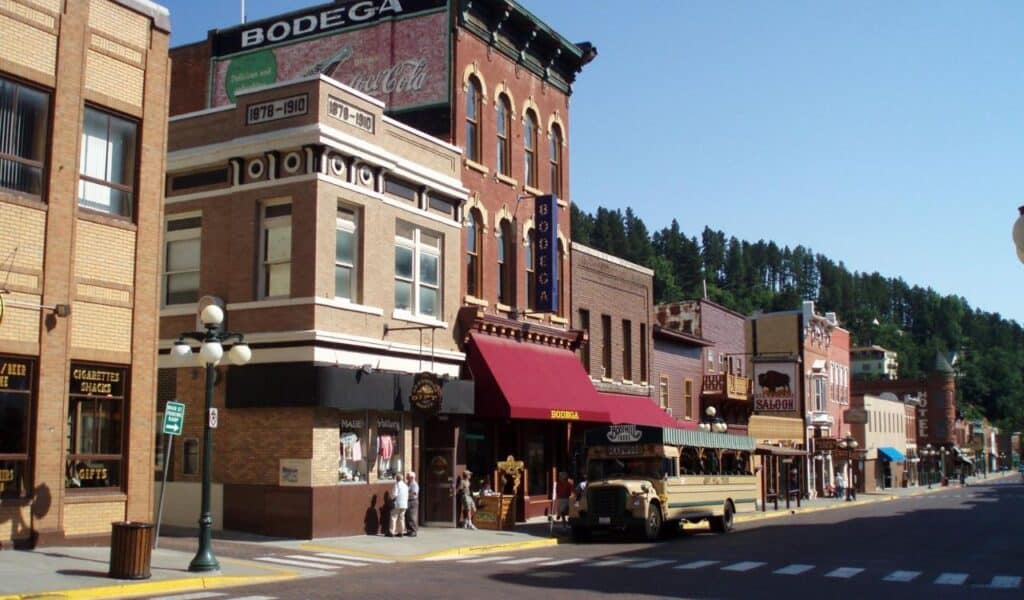
Once a lawless gold rush town, Deadwood still carries the rough-and-tumble spirit of the 1870s. Wooden storefronts, historic saloons, and old hotels line the streets, while Wild West reenactments keep the frontier energy alive. Famous figures like Wild Bill Hickok and Calamity Jane once walked these same roads, and their stories are retold in museums and live performances. Visitors can gamble in historic casinos, ride stagecoaches, or explore nearby mining sites. Deadwood captures the excitement and grit of the American frontier in vivid detail.
4. Salem, Massachusetts
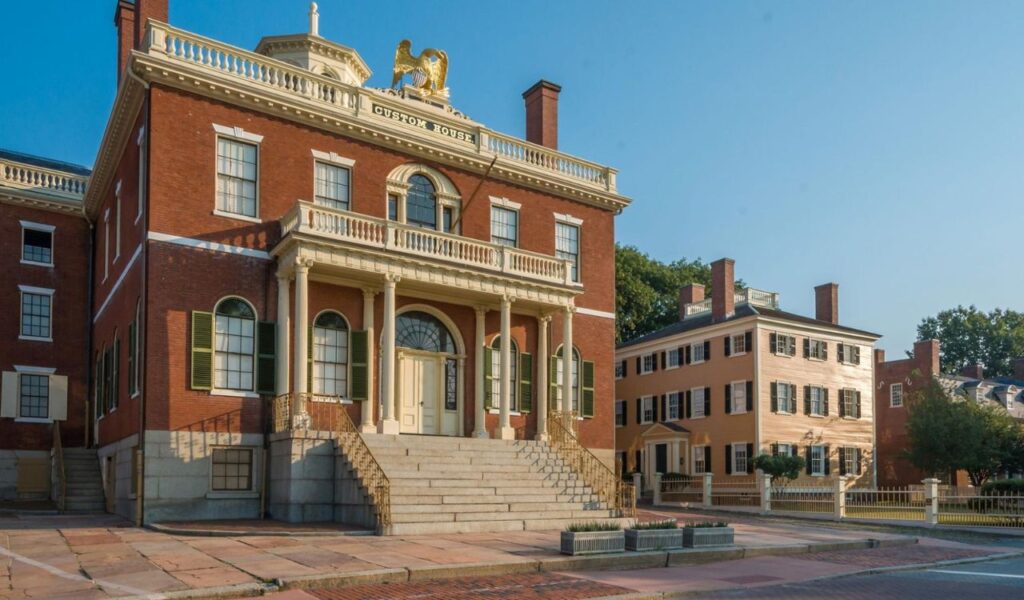
Best known for the infamous 1692 witch trials, Salem preserves its colonial past with eerie charm. Historic houses, maritime museums, and cobbled streets all add to the atmosphere, while costumed guides share the city’s complex history. Visitors can tour sites tied to the trials, but Salem is more than its dark past; it was also a thriving seaport. The mix of haunted legends and maritime heritage makes it a destination that feels layered and mysterious. Exploring Salem is like walking through a history book filled with both cautionary tales and triumphs.
5. Harpers Ferry, West Virginia
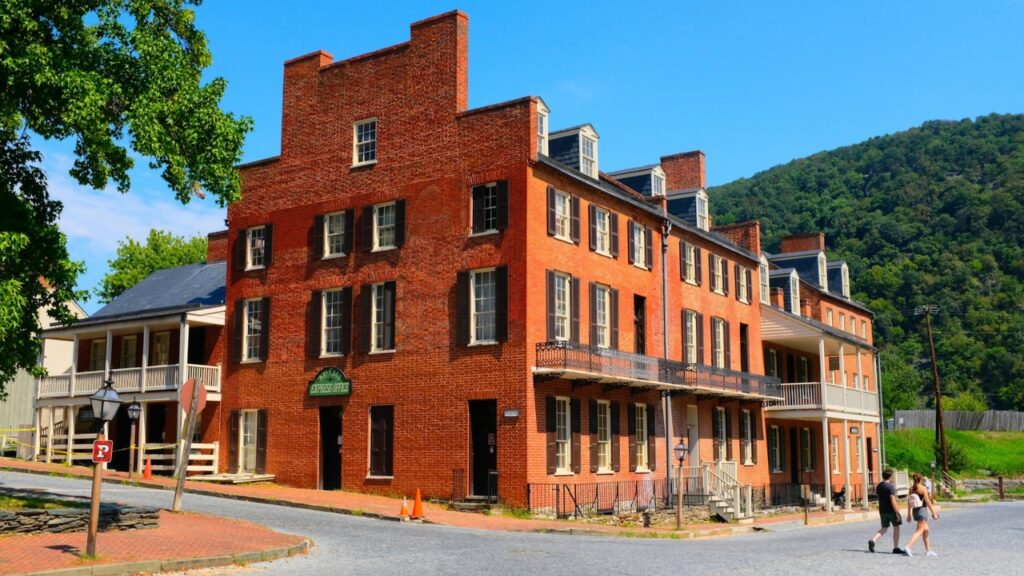
Set at the confluence of two rivers, Harpers Ferry played a major role in both the Civil War and the abolitionist movement. Its 19th-century streets are lined with stone buildings that still echo the struggles and ambitions of the era. Visitors can stand where John Brown launched his famous raid or hike nearby trails with sweeping battlefield views. With the surrounding national park, the town feels untouched, offering history set within rugged natural beauty. Harpers Ferry is a place where both history and landscape tell a powerful story.
6. Savannah, Georgia
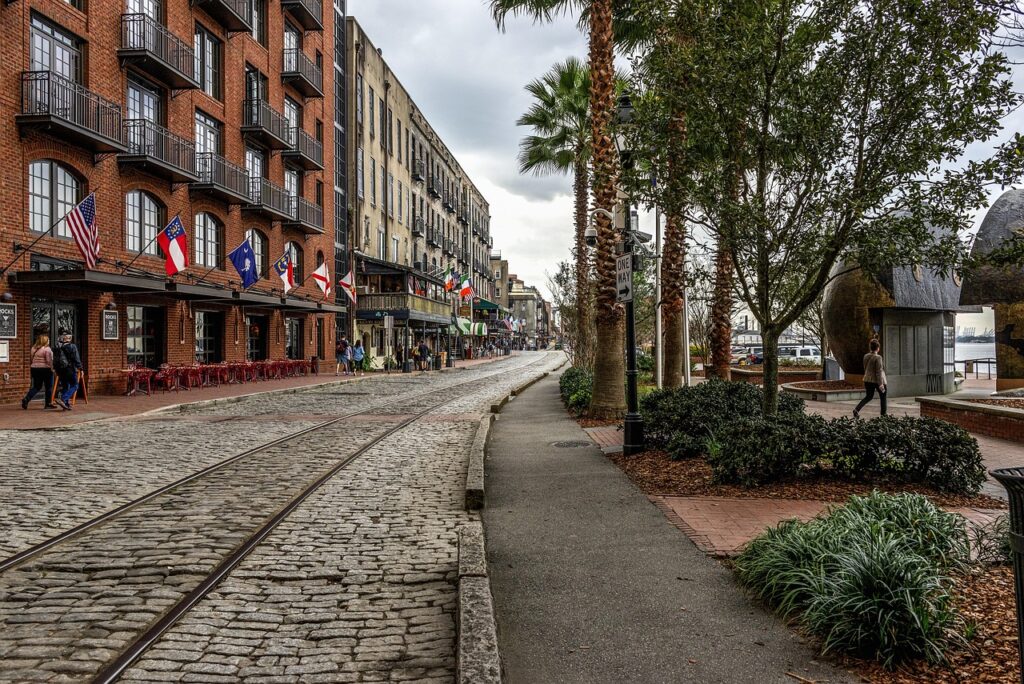
Savannah’s cobblestone squares, moss-draped oaks, and antebellum architecture make it one of the most atmospheric towns in the South. Each square tells a story, from Revolutionary battles to Civil War scars. Mansions have been preserved as museums, and historic churches still welcome visitors. Horse-drawn carriages, ghost tours, and riverfront strolls add to the old-world charm. While Savannah is lively with modern life, its heart beats with centuries of layered history. It’s a town where beauty and memory blend seamlessly.
7. Galena, Illinois
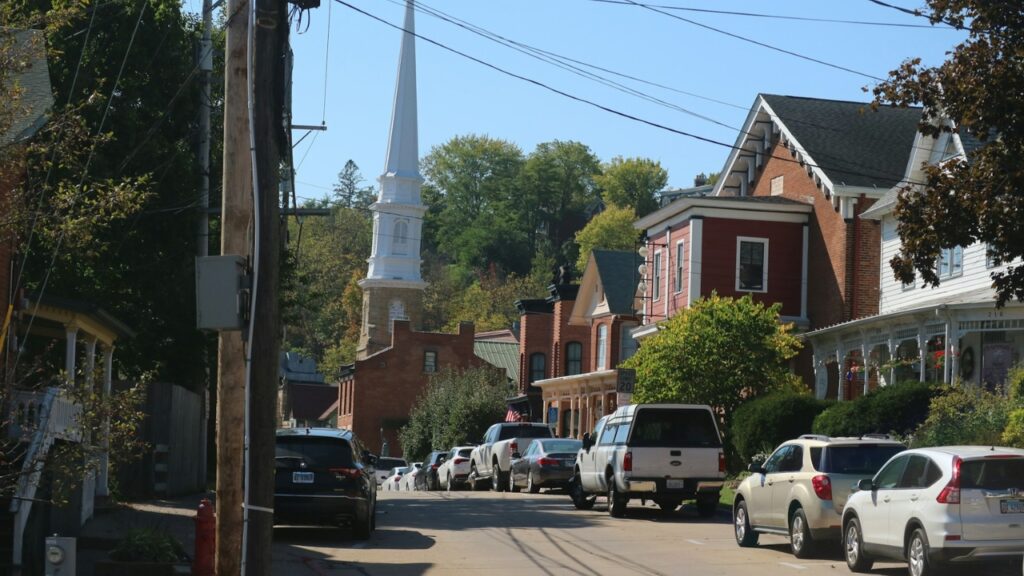
Galena rose to prominence in the 1800s as a mining and steamboat hub. Today, Main Street remains lined with 19th-century brick storefronts that transport visitors back to the boom era. The home of Ulysses S. Grant adds presidential history, while nearby mansions showcase Victorian elegance. Shops and cafes operate inside preserved buildings, keeping the past alive in daily life. Nestled among rolling hills, Galena feels frozen in time yet welcoming. The town is a window into Midwestern history and small-town charm.
8. Santa Fe, New Mexico
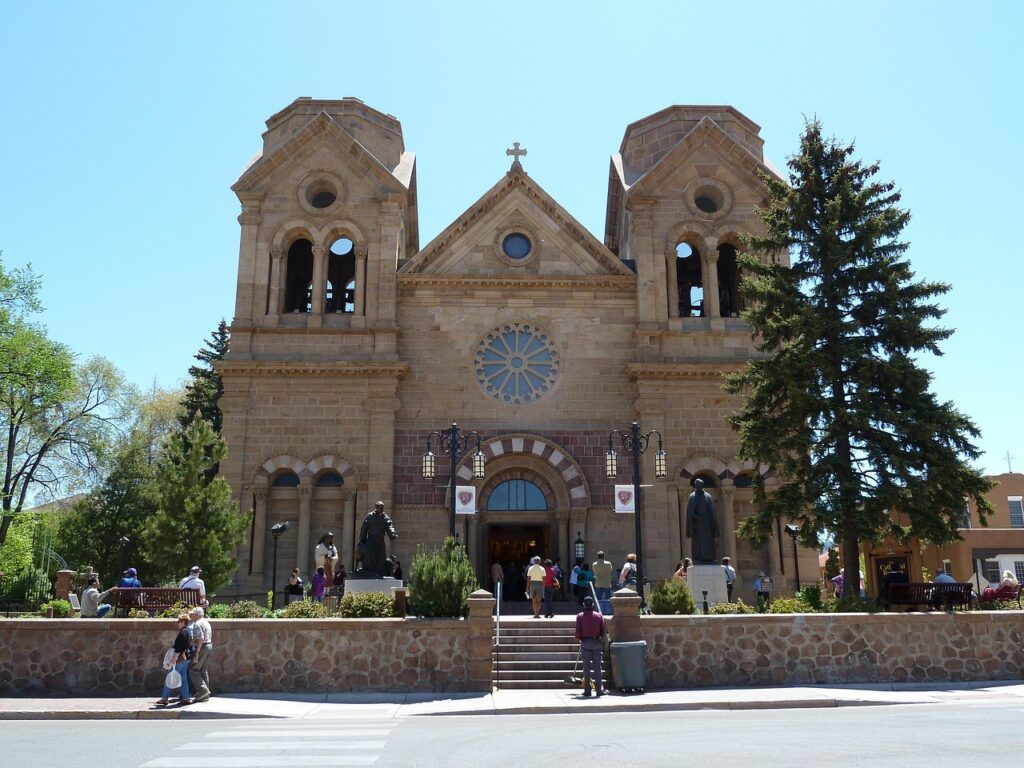
With roots dating back to 1610, Santa Fe blends Native, Spanish, and Mexican influences into one of America’s most distinct historic towns. Adobe architecture, art-filled plazas, and centuries-old chapels give it an unmistakable character. The Palace of the Governors, still standing on the central plaza, is the oldest public building in the country. Walking here feels like tracing the crossroads of cultures that shaped the Southwest. Santa Fe’s history is not just preserved; it continues to thrive in art, food, and tradition.
9. Gettysburg, Pennsylvania
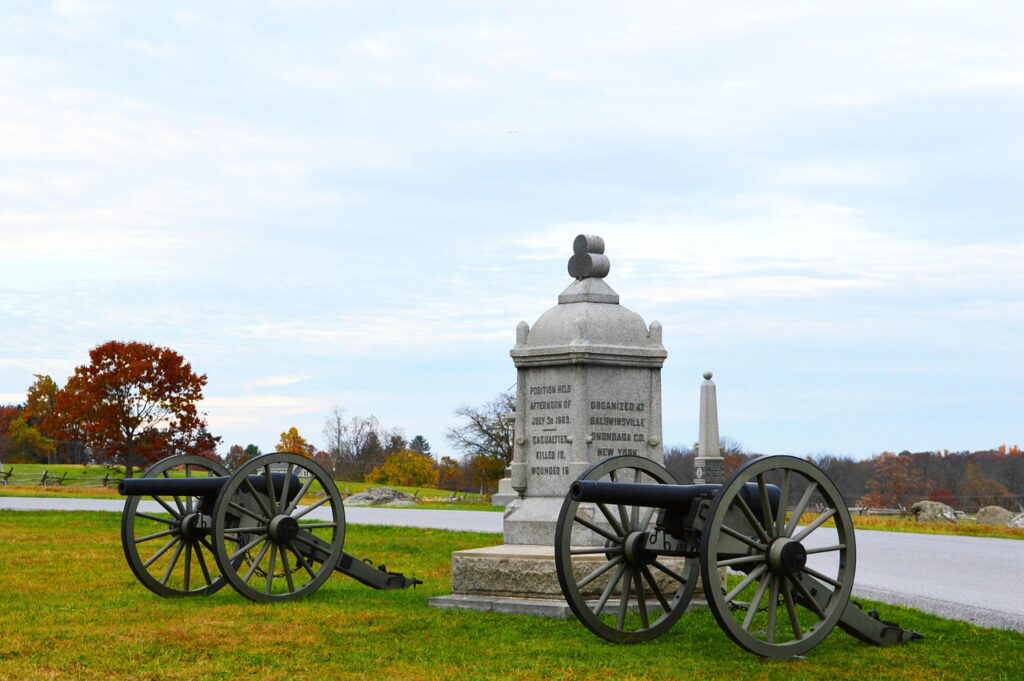
Best known as the site of the Civil War’s turning point, Gettysburg remains deeply tied to its historic role. The battlefield and national cemetery still move visitors, while the town’s preserved 19th-century buildings bring the period to life. Museums and reenactments detail the battle, but quieter walks through historic streets also tell stories of townspeople caught in wartime. Gettysburg is both solemn and educational, reminding travelers of the costs of conflict and the resilience of a community that endured one of America’s defining moments.
10. Mackinac Island, Michigan
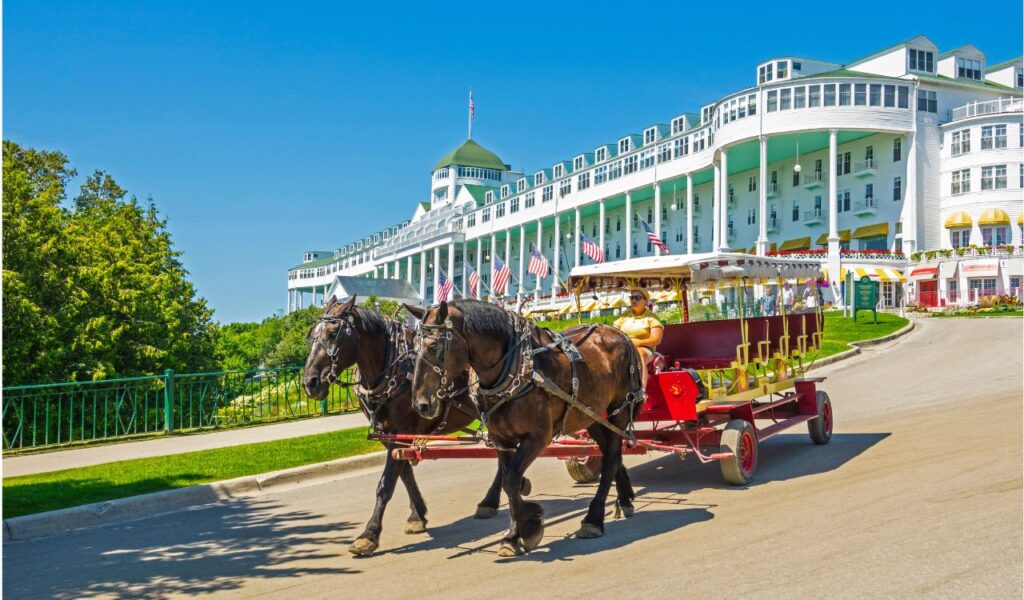
Stepping onto Mackinac Island feels like entering the 19th century, thanks to its ban on cars and reliance on horse-drawn carriages and bicycles. Victorian-era homes and grand hotels line the waterfront, while historic forts tell stories of colonial struggles. The pace is slower, and the island’s traditions from fudge shops to summer festivals, preserve its old-fashioned character. Surrounded by stunning Great Lakes scenery, Mackinac Island offers both nostalgia and beauty. It’s one of the rare places where time truly seems to pause.
11. Concord, Massachusetts

Concord carries layers of history, from the first shots of the Revolutionary War to the birth of American literature. Visitors can walk the Old North Bridge, where colonists clashed with British troops, and then tour homes once occupied by writers like Louisa May Alcott and Ralph Waldo Emerson. The preserved town center still echoes with 18th- and 19th-century character. For those interested in both political and cultural history, Concord offers a rare combination. It’s a small town with an outsized role in shaping the nation’s identity.
12. Tombstone, Arizona

Known as “the town too tough to die,” Tombstone preserves its Wild West identity with wooden sidewalks, saloons, and daily gunfight reenactments. The famous O.K. Corral shootout is still retold here, along with stories of outlaws and lawmen who defined frontier justice. While touristy in parts, the atmosphere is undeniably historic. Stagecoaches rattle down the street, and old mines reveal the town’s silver boom roots. Tombstone offers a chance to step directly into the era of cowboys and outlaws, where legend and history meet.